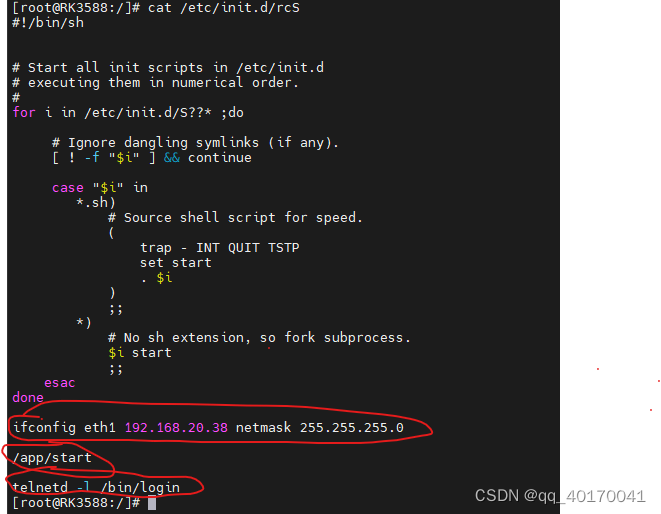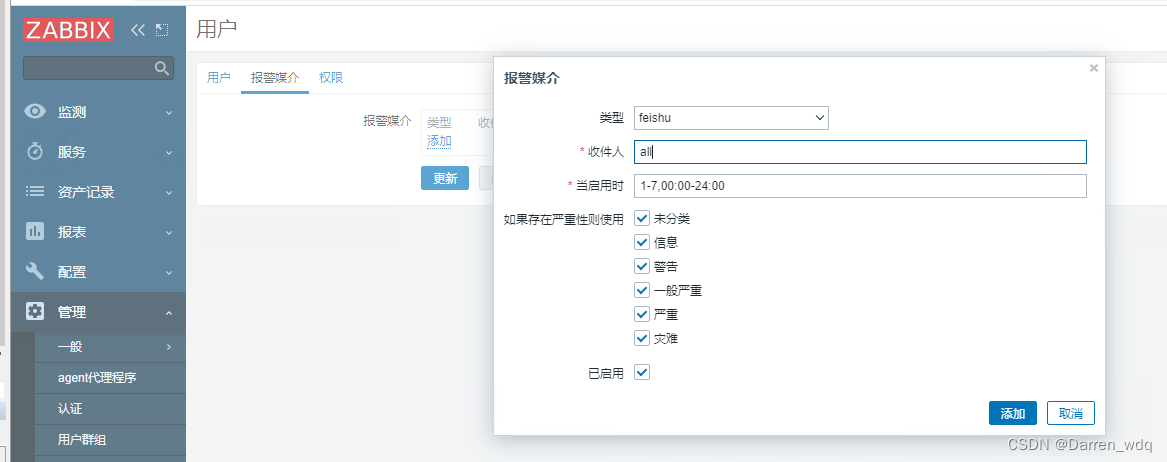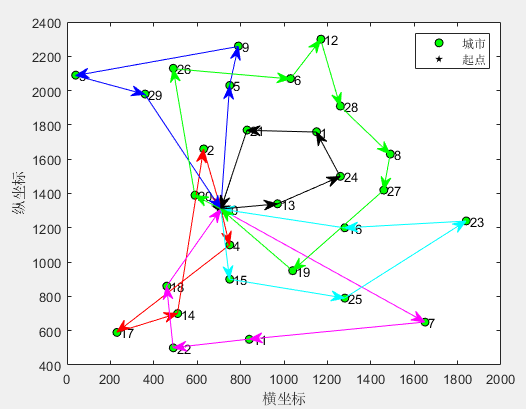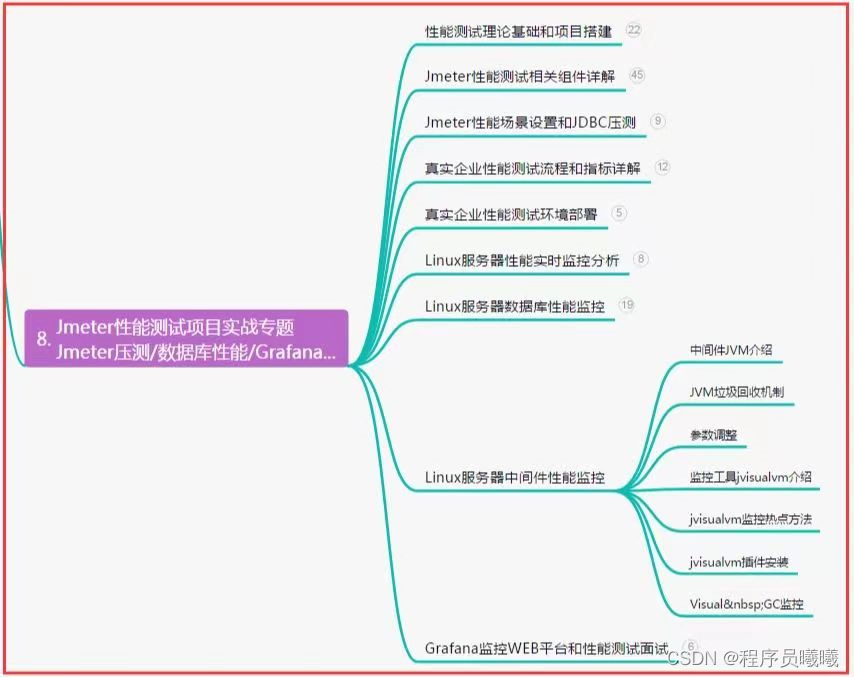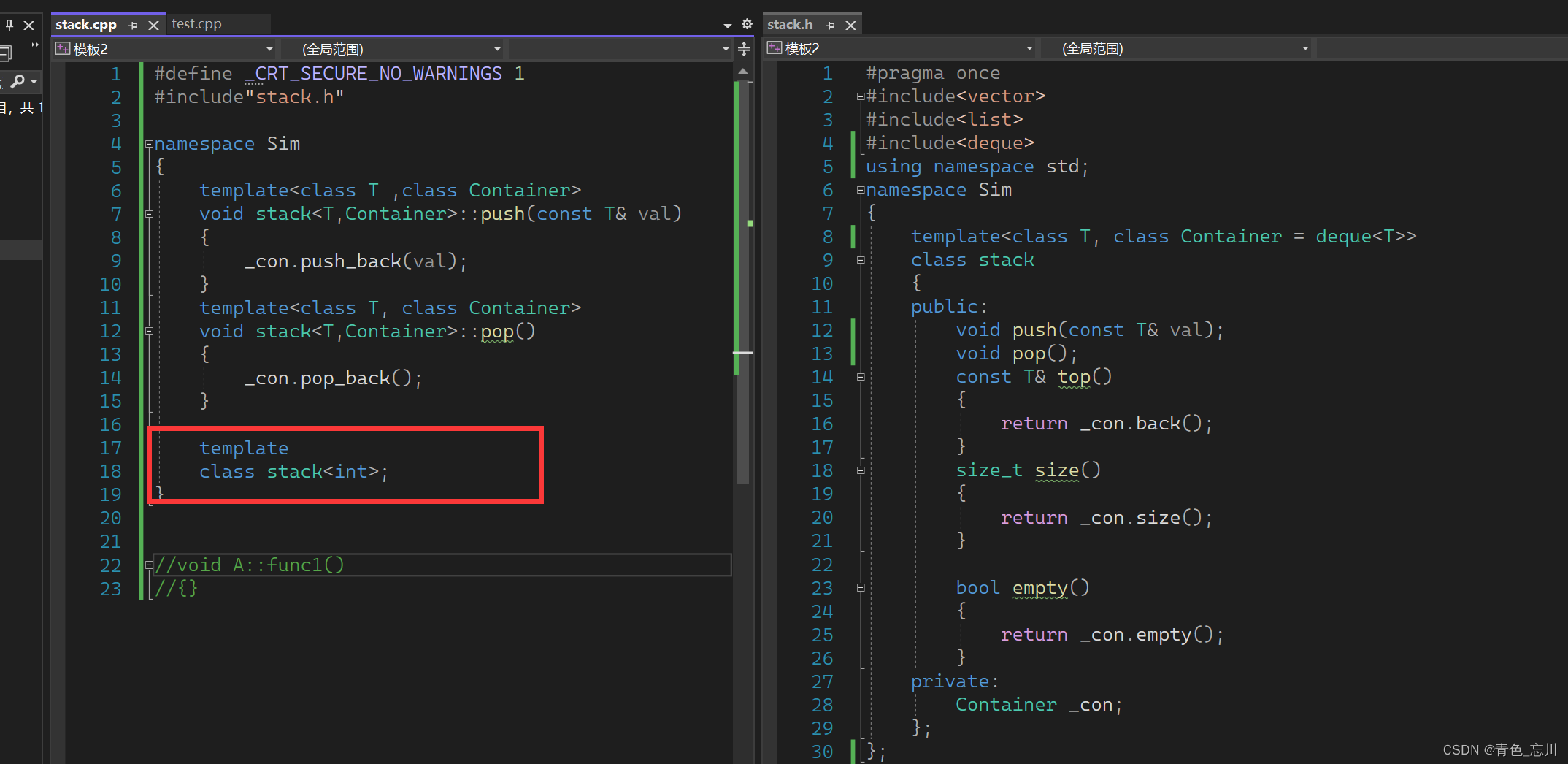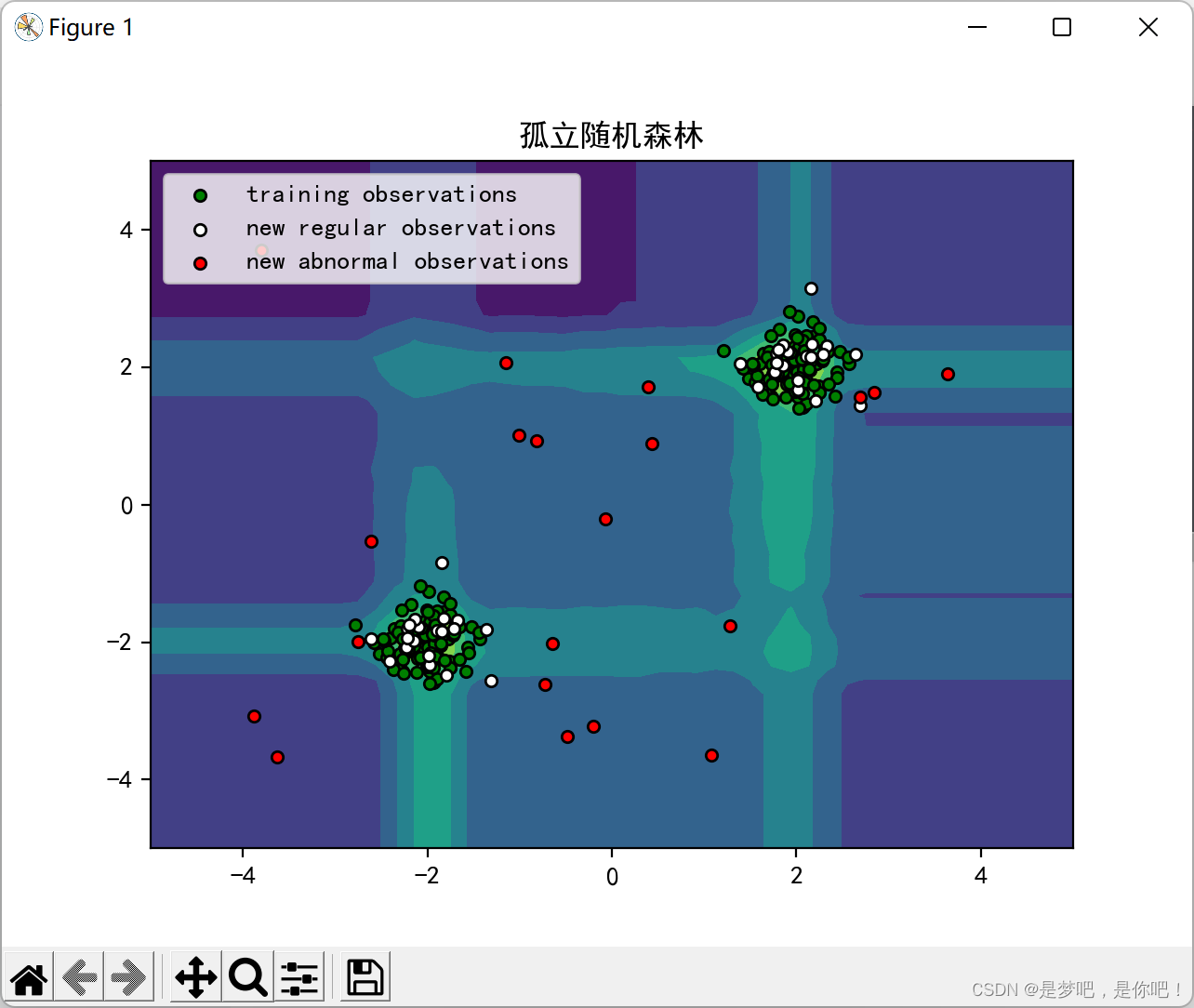C++笔记之将定时器加入向量并设置定时器的ID为i
code review!
文章目录
- C++笔记之将定时器加入向量并设置定时器的ID为i
- 关于代码中的void operator()()
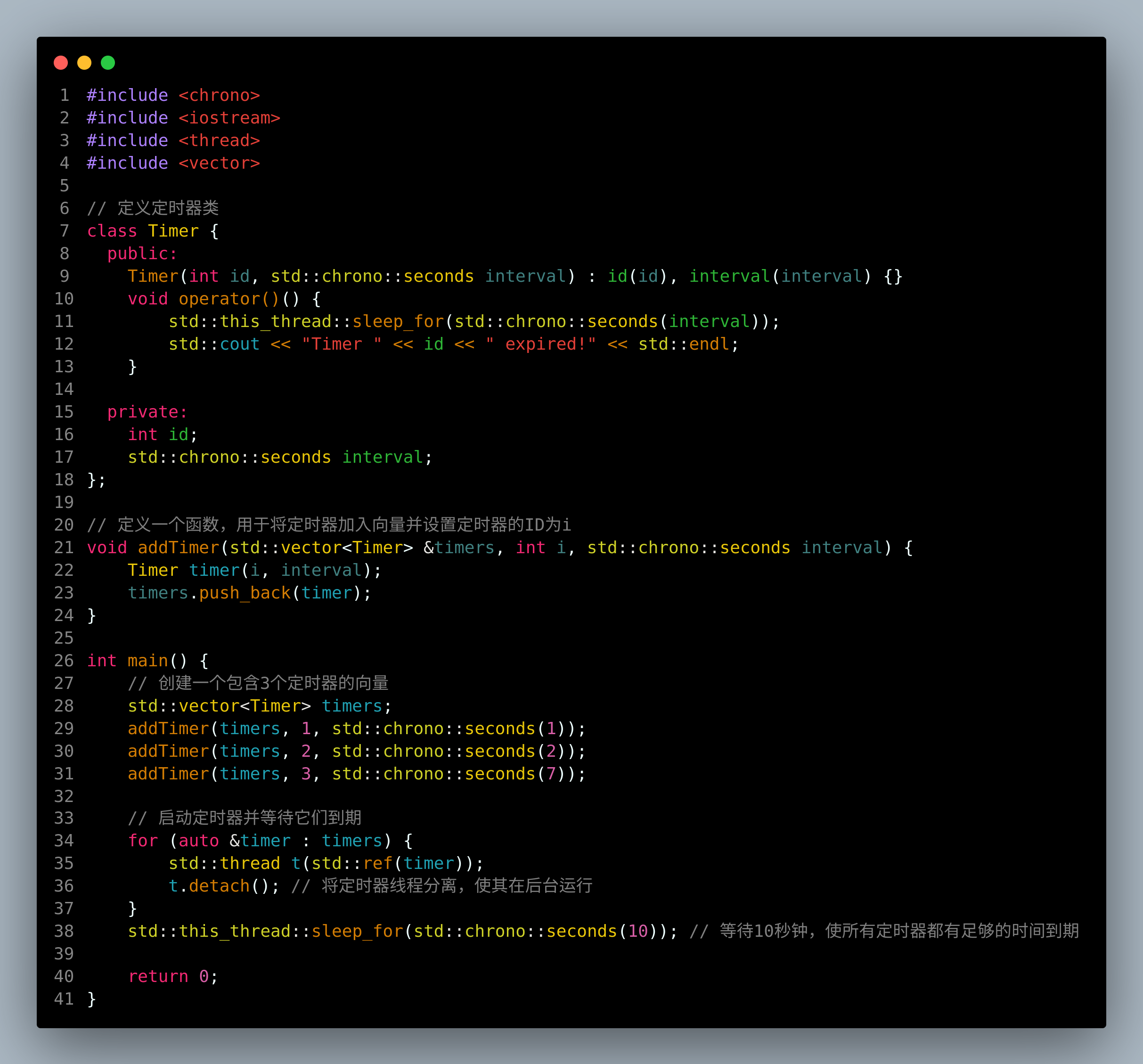
运行

代码
#include <chrono>
#include <iostream>
#include <thread>
#include <vector>// 定义定时器类
class Timer {public:Timer(int id, std::chrono::seconds interval) : id(id), interval(interval) {}void operator()() {std::this_thread::sleep_for(std::chrono::seconds(interval));std::cout << "Timer " << id << " expired!" << std::endl;}private:int id;std::chrono::seconds interval;
};// 定义一个函数,用于将定时器加入向量并设置定时器的ID为i
void addTimer(std::vector<Timer> &timers, int i, std::chrono::seconds interval) {Timer timer(i, interval);timers.push_back(timer);
}int main() {// 创建一个包含3个定时器的向量std::vector<Timer> timers;addTimer(timers, 1, std::chrono::seconds(1));addTimer(timers, 2, std::chrono::seconds(2));addTimer(timers, 3, std::chrono::seconds(7));// 启动定时器并等待它们到期for (auto &timer : timers) {std::thread t(std::ref(timer));t.detach(); // 将定时器线程分离,使其在后台运行}std::this_thread::sleep_for(std::chrono::seconds(10)); // 等待10秒钟,使所有定时器都有足够的时间到期return 0;
}
关于代码中的void operator()()
Timer timer(i, interval); 这一行实际上是在创建 Timer 对象,并且在这个过程中没有直接使用了 operator()() 函数调用运算符。
operator()() 函数调用运算符的使用方式是通过将 Timer 对象传递给 std::thread 的构造函数来实现的,如下所示:
std::thread t(std::ref(timer));
这里的 timer 是一个 Timer 类型的对象。通过传递 std::ref(timer) 给 std::thread 构造函数,你实际上在创建一个新的线程,并在这个新线程中调用了 timer 对象的 operator()() 函数。这就是代码中使用 operator()() 函数的地方。
